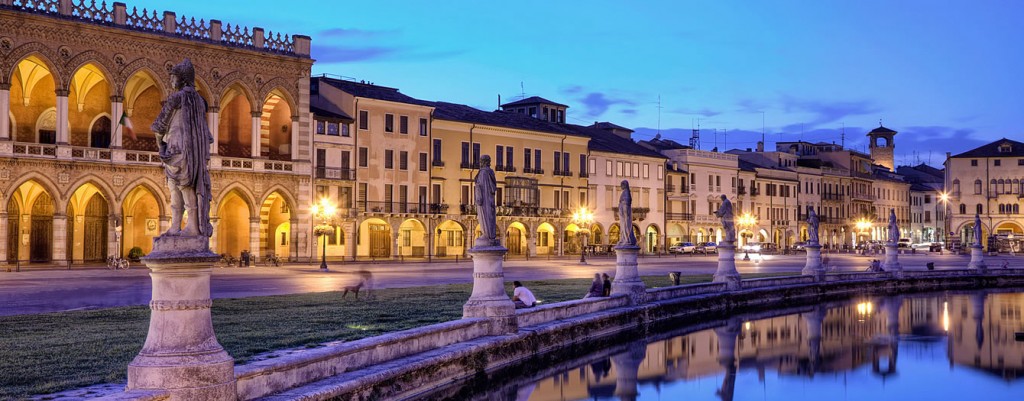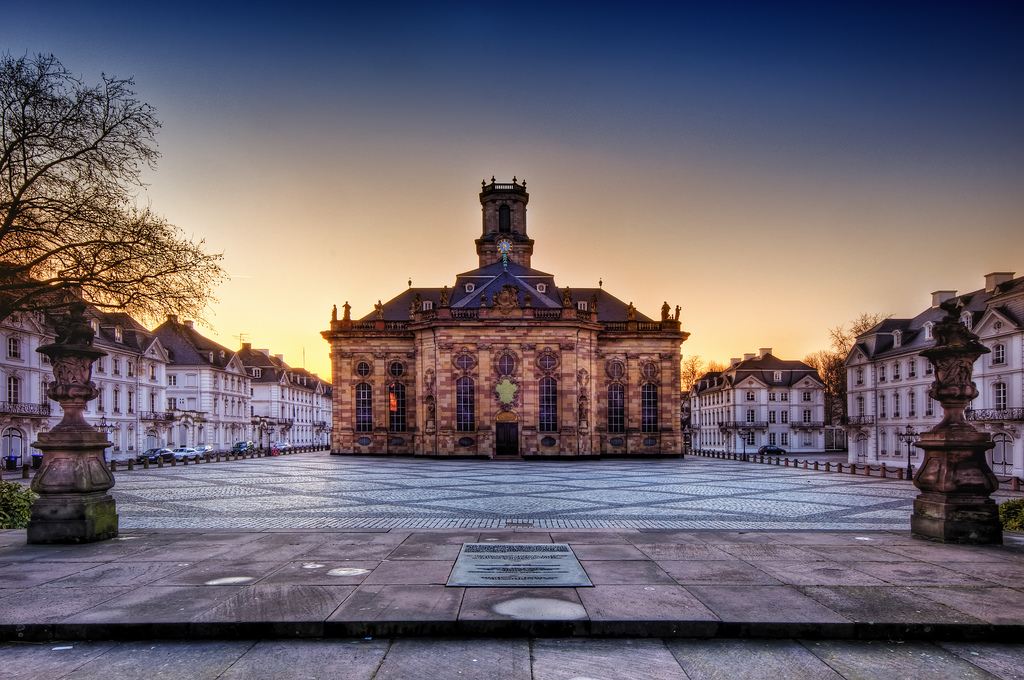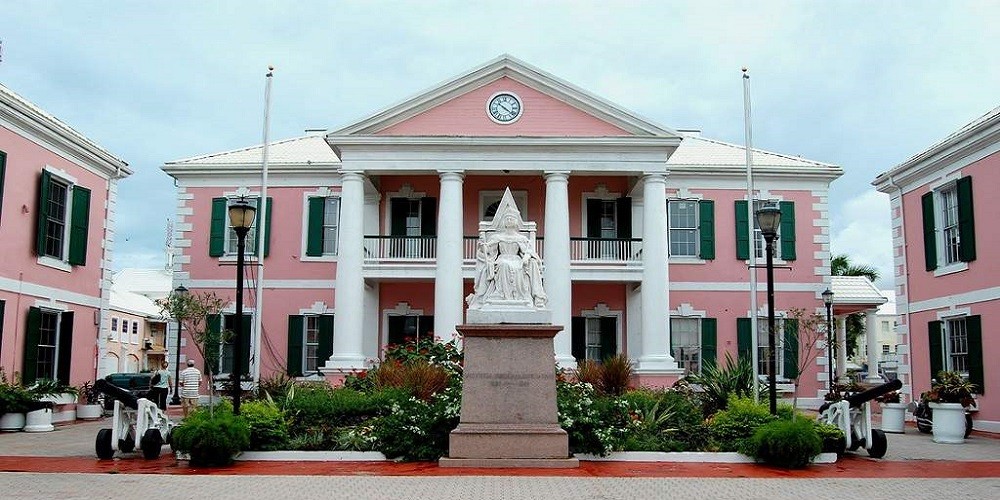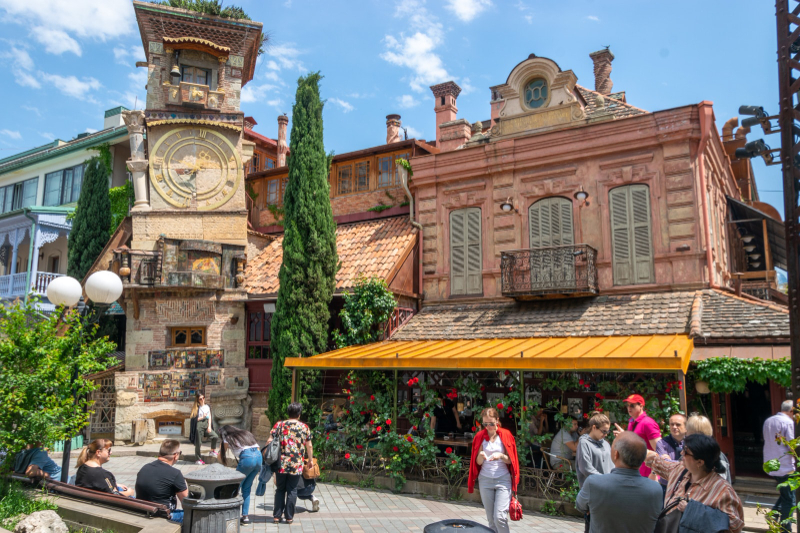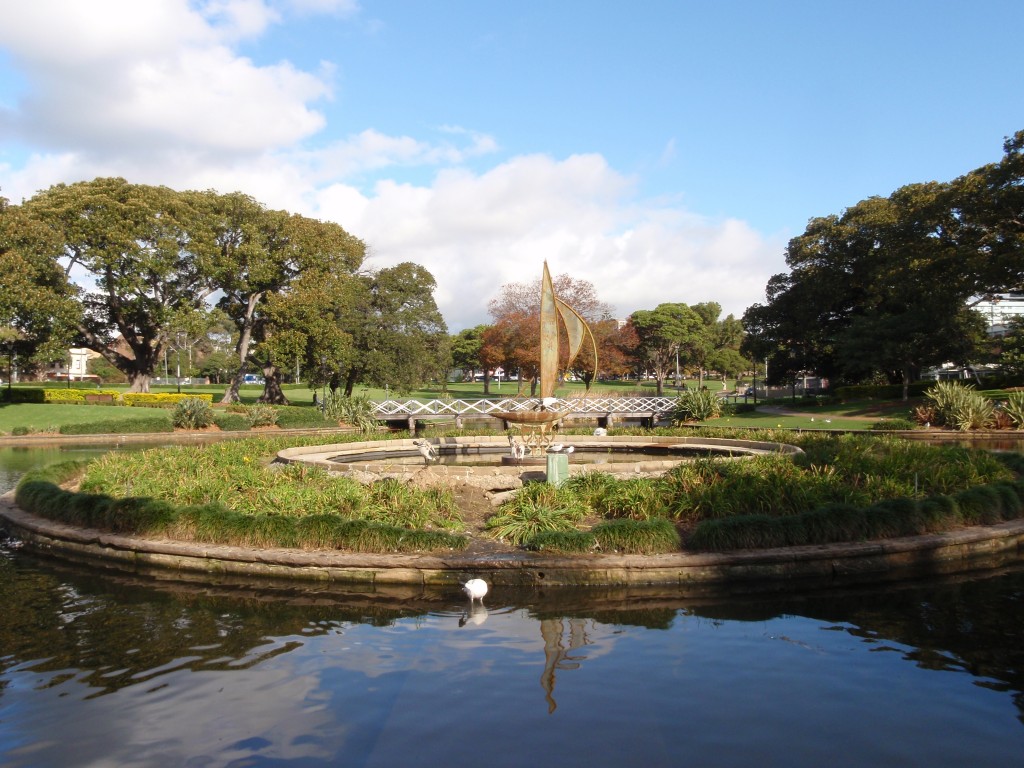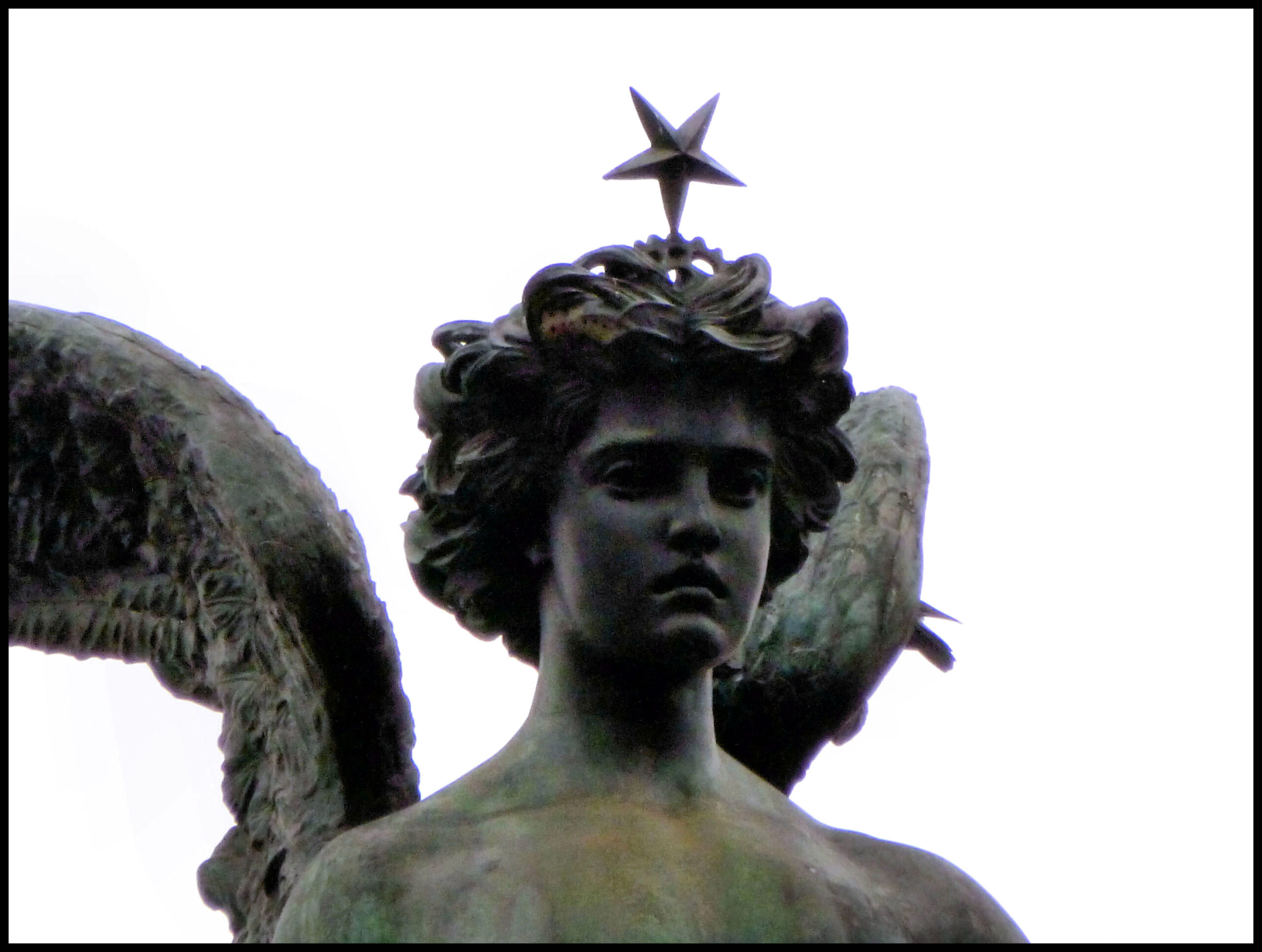Prior to 1635, the area was largely a featureless expanse of partially swampy terrain just south of the old city walls of Padova. In 1636 a group of Venetian and Veneto notables financed the construction there of a temporary but lavishly appointed theater as a venue for mock battles on horseback. The musical entertainment which served as prologue to the jousting is considered to be the immediate predecessor of the first public opera performances in Venice which began the following year.
In 1767 the square, which belonged to the monks of Santa Giustina became the public property of the city of Padua. In 1775 Andrea Memmo, whose statue is in the square, decided to reclaim and restructure the entire area. The entire project, which was never fully completed, is represented in a famous copper engraving by Francesco Piranesi from 1785. It seems that Memmo had commissioned this and other representations and kept them on exhibition at the Palazzo Venezia, the headquarters of the Embassy of the Republic in Rome. He did this in order to entice other important figures into financing the construction of statues to decorate the square. The project was approved by Domenico Cerato, professor of architecture at Vicenza and Padua.
Of particular interest are the benedictine Abbey of Santa Giustina, the neoclassical style Loggia Amulea, and the many interesting palazzi constructed between the 14th and the 18th centuries that surround the square.
Prato della Valle has, from the very beginning, taken its place in the hearts of Padovans who frequently refer to it as Il Prato. At various times it was also known as valley without grass because the number of trees prevented much grass from growing there. Today, however, it is completely covered with grass, and many small trees.
During the summer, the square is alive with large numbers of visitors who skate, stroll or study while tanning themselves in the sun. Summer evenings are marked by the presence of teenagers and young adults who chat until the early hours of the morning.
Today there are 78 statues (40 in the exterior ring and 38 statues in the inner ring), following the original plan there had been 88 statues. They were made from stone of Vicenza between 1775 and 1883 by various artists.
References:
Wikipedia
